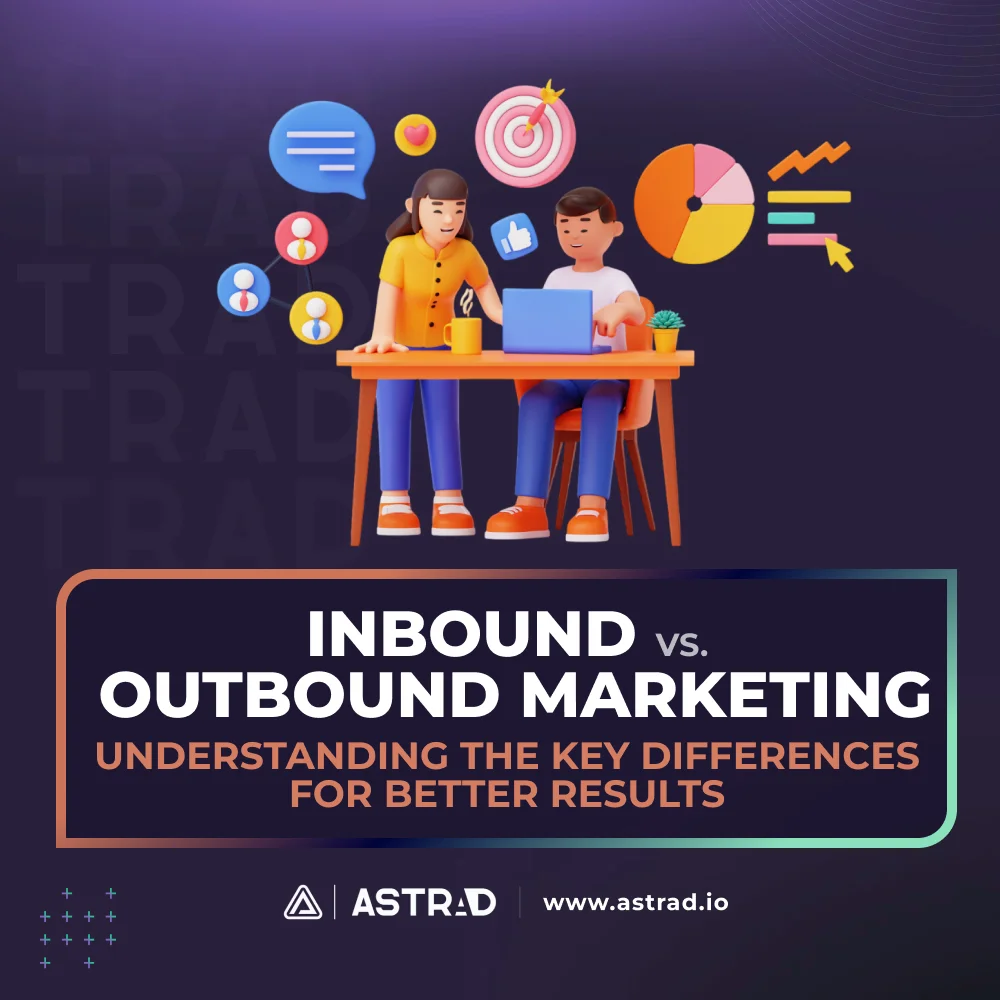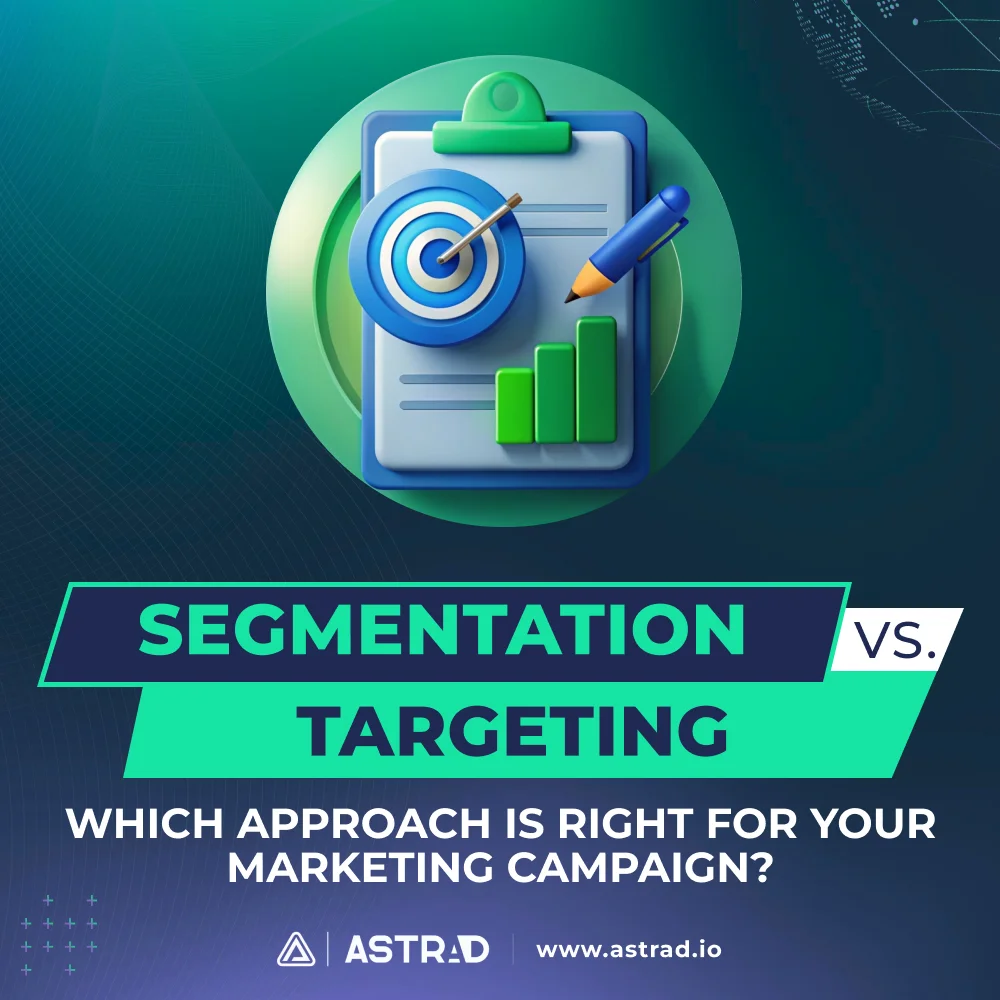Your advertising budget just evaporated into thin air again. You ran another campaign, got plenty of clicks, but somehow the leads never materialized. The metrics looked good on paper, but the results felt like you were throwing money into a black hole. Sound familiar?
Here’s what’s happening: you’re reaching the wrong people at the wrong time in the wrong place. Traditional digital advertising casts a wide net and hopes for the best. But smart brands have discovered something different – a way to deliver ads with surgical precision to exactly the right audience. It’s called IP targeting, and it’s changing how companies think about digital advertising.
Instead of hoping your message finds the right person, IP targeting lets you deliver ads directly to specific locations, businesses, or even individual households. It’s like having a GPS for your advertising budget, guiding every dollar to its intended destination rather than letting it wander around the internet hoping to stumble upon someone interested.
What Makes IP Targeting Different from Regular Advertising
Traditional online advertising relies on demographic data, browsing behavior, and educated guesses about who might be interested in your product. IP targeting takes a completely different approach – it uses the unique digital address of internet-connected devices to deliver ads to specific physical locations.
Understanding IP Address Targeting
Every device connected to the internet has an IP address – a unique numerical identifier that reveals its approximate location. Think of it like a digital postal code that tells you where someone is browsing from, whether that’s a home, office building, coffee shop, or specific business.
IP address targeting works by matching these digital addresses with physical locations. When you have a list of addresses where your ideal customers live or work, technology can identify the IP addresses associated with those locations and serve ads directly to devices connected to those networks.
Here’s how the process typically works:
- Companies provide a list of physical addresses they want to target
- These addresses get matched with corresponding IP addresses through sophisticated mapping systems
- Ad platforms use these IP addresses to deliver targeted advertisements
- Ads appear on devices connected to those specific networks
The precision is remarkable. While traditional geo-targeting might reach everyone within a five-mile radius, IP targeting can deliver ads to a specific office building, apartment complex, or even an individual household.
The Technology Behind Precision Ads
The effectiveness of IP targeting advertising depends on the accuracy of IP-to-location mapping. Advanced providers maintain databases that match IP addresses with physical addresses, achieving confidence rates of 95% or higher for their matches.
This technology continuously updates as IP addresses change hands and new connections come online. The most sophisticated systems can distinguish between residential and business IP addresses, identify mobile versus fixed connections, and even determine the specific floor or suite within larger buildings.
Why Smart Brands Are Making the Switch
The benefits of IP targeting extend far beyond just reaching the right location. Companies using this approach are seeing improvements across multiple areas of their marketing performance.
Geographical Precision That Actually Works
Traditional geo-targeting often feels like using a sledgehammer when you need a scalpel. You set a radius around a target area and hope for the best, knowing you’re reaching plenty of people who will never be interested in what you’re selling.
IP targeting flips this approach completely. Instead of casting a wide net around a geographic area, you can target specific businesses in an office park, households in particular neighborhoods, or even attendees at a conference by targeting the venue’s IP address.
Local businesses especially benefit from this precision. A restaurant can target nearby office buildings during lunch hours, a home services company can focus on specific residential areas, and a B2B software provider can deliver ads directly to companies in their target market.
Enhanced Personalization at Scale
When you know exactly where your ads are being delivered, you can customize the message for that specific location. Ads delivered to a law firm can reference legal industry challenges, while ads served to a manufacturing facility can focus on industrial solutions.
This level of personalization goes beyond just changing the company name in your ad copy. You can reference local events, regional challenges, industry-specific pain points, and even time-sensitive offers that make sense for that particular location.
Improved Conversion Performance
According to WordStream’s analysis of digital marketing statistics, conversion rates vary dramatically across different targeting methods and industries. The precision of IP targeting often leads to higher conversion rates because you’re reaching people who are more likely to be genuinely interested in your offering.
When your ads reach the right people in the right context, engagement naturally improves. Someone seeing an ad for accounting software while at their office is more likely to pay attention than someone seeing the same ad while browsing social media at home.
Reduced Wasted Ad Spend
Perhaps the most compelling benefit is the dramatic reduction in wasted impressions. Instead of paying for ads that reach random people who happen to be in a geographic area, you’re only paying for ads delivered to pre-qualified locations.
This efficiency translates directly to improved return on ad spend. When more of your budget goes toward reaching genuine prospects rather than random internet users, every dollar works harder toward generating actual business results.
How Brands Are Using IP Targeting for Precision Ads
The practical applications of IP targeting span across industries and use cases, with smart brands finding creative ways to leverage this precision for competitive advantage.
Localizing Advertising Campaigns
Retail chains use IP targeting to promote store-specific offers and inventory. A clothing retailer might target office buildings with work-appropriate attire ads, while targeting residential areas with casual wear promotions. The same brand, same products, but different messaging based on where people will see the ads.
Restaurants and food services target nearby businesses during meal times, promoting catering services to offices and quick lunch options to individual employees. The timing and location alignment create relevance that traditional advertising struggles to achieve.
Re-Targeting Visitors from Competitors' Sites
One of the most sophisticated applications involves targeting the physical locations of competitor customers. If you know which businesses are using competing software or services, you can deliver ads to those specific office buildings, highlighting your advantages.
This approach requires careful execution to avoid appearing intrusive, but when done well, it allows you to reach prospects who are already using similar solutions and might be open to switching providers.
Event and Trade Show Targeting
Conference organizers and exhibitors use IP targeting to reach attendees before, during, and after events. By targeting the IP addresses of event venues, hotels where attendees are staying, and nearby restaurants, brands can create comprehensive campaigns that surround prospects with relevant messaging throughout their conference experience.
This creates multiple touchpoints without requiring attendees to opt into anything or provide contact information, making it less intrusive than traditional lead capture methods.
B2B Applications for Account-Based Marketing
B2B companies use IP targeting as part of account-based marketing strategies, delivering personalized ads to specific companies on their target account lists. Sales teams can coordinate their outreach efforts with targeted advertising that keeps their company top-of-mind for key prospects.
When a sales representative schedules a meeting with a prospect, marketing teams can simultaneously launch IP-targeted campaigns to that company’s office, ensuring the brand stays visible leading up to important conversations.
Challenges and Limitations to Consider
Like any advertising technology, IP targeting has its constraints and things to keep in mind before diving in.
- IP Address Accuracy and Privacy Concerns: The effectiveness of IP targeting relies heavily on how accurate the IP-to-location mapping is. Dynamic IPs that change often, shared IPs across multiple locations, and mobile devices moving between networks can all throw off targeting. Plus, privacy regulations like GDPR and CCPA must be followed to ensure you’re staying compliant with user data protection.
- Dynamic IP Addressing Complications: Many internet service providers assign dynamic IP addresses, meaning they change frequently. This can be a headache for longer campaigns. Business networks, on the other hand, tend to have more stable IPs, which makes B2B targeting more reliable than targeting consumers.
- Cost and Technical Complexity: IP targeting often means working with specialized providers for IP-to-location mapping and tech, which can raise costs compared to standard digital ads. Plus, the setup is more complex—it’s not as simple as basic demographic or behavioral targeting. You’ll also need to focus on attribution and measurement to ensure your campaigns are optimized.
Is IP Targeting Worth the Investment?
The answer depends on your specific business model, target audience, and marketing objectives, but for many companies, the precision and efficiency gains justify the additional complexity and cost.
Businesses that benefit most from IP targeting typically have clearly defined target markets, higher-value products or services that justify the additional targeting costs, and the ability to create location-specific messaging that resonates with different audiences.
The key is starting with clear objectives and realistic expectations. IP targeting works best as part of a comprehensive marketing strategy rather than a standalone solution. When combined with other targeting methods and integrated with sales efforts, it can significantly improve overall campaign performance.
For companies struggling with wasted ad spend or low conversion rates from traditional digital advertising, IP targeting offers a path to more efficient, effective campaigns. The investment in setup and ongoing management often pays for itself through improved targeting precision and reduced waste.
The future of digital advertising is moving toward greater precision and accountability. As privacy regulations limit other targeting methods and businesses demand better return on their advertising investments, IP targeting provides a valuable option for reaching the right audience with the right message at the right time.






